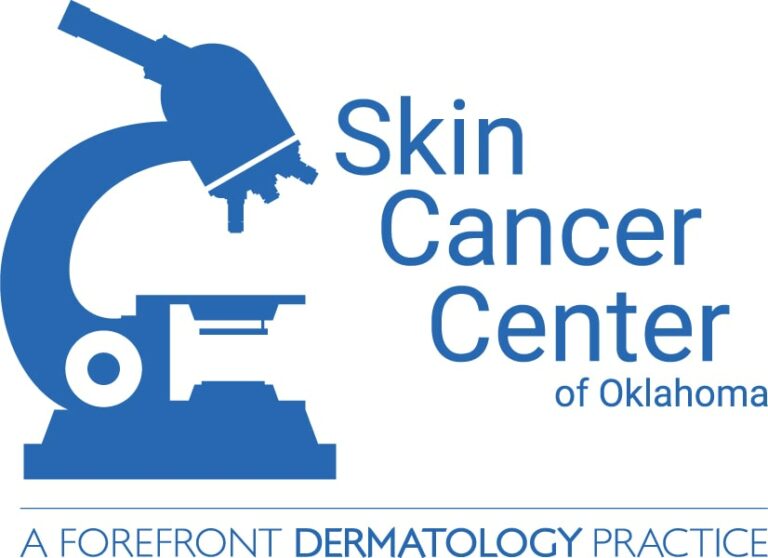Prevention Tips
Sun Protection
It is essential to protect your skin from the sun to prevent skin cancers. Almost all basal cell carcinomas, squamous cell carcinomas, and melanomas are related to ultraviolet (UV) radiation from the sun. There are many steps that can be taken to protect yourself from these harmful rays.
Sunscreens
Sunscreens protect the skin from the sun’s UV radiation. Two types of radiation from the sun can cause skin cancers: UVA and UVB . Choosing a sunscreen that protects against both types of UV radiation is essential in preventing UV damage and skin cancer. These sunscreens are known as “broad spectrum” sunscreens. Even though some of our sun damage occurs during childhood, UV damage continues to accumulate over a lifetime, and sun protection is still important.
The following tips will help you choose the best sunscreen for you:
Sunscreen Guide:
- Use broad spectrum sunscreens that have SPF of 30 or higher.
- Reapply often (2-3 hours, or every 45 minutes if swimming or excessively sweating).
- Physical blockers are best. These sunscreens contain either zinc oxide or titanium dioxide as the active ingredient.
- Most sunscreens need to be applied 30 minutes before sun exposure.
- Make sure to apply approximately 1 oz for a full body application of sunscreen each time you apply (approximately 1 shot glass full).
Sunscreen is not the only tool we have to protect ourselves from the sun. Sun avoidance is key, especially during peak hours of the day (10 am-4 pm). Seek the shade when possible. When in the sun, in addition to sunscreen, wide brimmed hats and long sleeves are recommended for an additional barrier from the sun’s rays. Some clothing lines now offer SPF protection in them.

Monthly Self Check-up
Conduct these monthly skin self-evaluations at home in a well-lit room, in front of a full-length mirror. You may need a family member or a close friend to assist you to scan hard to view areas, such as your scalp and your back. You can have your dermatologist give you an initial lesson on performing a complete skin examination in your office at your annual skin-cancer screening appointment to learn how to perform one at home on your own.
- Begin by examining your face, including your nose, lips, mouth, and ears. Do not forget the backs! Use your mirror and a secondary mirror if needed.
- Inspect your scalp carefully selecting one section at a time. Use a comb or other tool to ensure that you examine each section. Have a friend or family member help you if possible.
- Scan your hands carefully beginning with your palms and the backs of your hands. Carefully examine between your fingers and under your fingernails. Continue up the wrists to examine both the front and back of your forearms.
- Standing in front of the full-length mirror, begin at the elbows and scan all sides of your upper arms. Don’t forget the underarms.
- Next, focus on the neck, chest and torso. Women should lift breasts to view the undersides.
- With your back to the full-length mirror, use the hand mirror to inspect the back of your neck, shoulders, upper back and any part of the back of your upper arms you could not view in step 4.
- Still using both mirrors, scan your lower back, buttocks and backs of both legs.

For additional resources to perform an at home skin-cancer screening, download the American Academy for Dermatology’s body mole map to document your self-examination.
ABCDE Melanoma Warning Signs
Conduct these monthly skin self-evaluations at home in a well-lit room, in front of a full-length mirror. You may need a family member or a close friend to assist you to scan hard to view areas, such as your scalp and your back. You can have your dermatologist give you an initial lesson on performing a complete skin examination in your office at your annual skin-cancer screening appointment to learn how to perform one at home on your own.
What to look for in a normal vs abnormal spot
As a dermatologist, when we educate our patients on examining their own skin, we commonly refer them to the ABCDE’s.
Asymmetry
Melanoma lesions are often irregular, or not symmetrical, in shape. A non-cancerous mole is typically symmetrical in shape. If you were to draw a line through the middle of a mole, the two halves should roughly match.
Border
Typically a non-cancerous mole will have smooth, even borders. Melanoma lesions usually have irregular borders that are difficult to define.
Color
A non-cancerous mole is commonly a single shade of brown or tan. If there is a presence of more than one color or uneven distribution of color this can be a warning sign of melanoma. Melanoma can occur in a variety of colors including brown, black, red, blue, or purple. These spots can be flat or raised and can bleed easily. Non-melanoma skin cancer, also known as basal and squamous cell carcinoma, typically appears as small, pearly, or pale bumps or as dark red patches that can be raised, flat or scaly in texture.
Diameter
Non-cancerous moles are typically smaller than malignant ones. If its diameter is greater than a pencil eraser, it may be a sign that it is growing or changing. Larger moles that have been stable for an extended period of time are not typically cause for concern; though continued observation is recommended.
Evolution
The evolution of a mole is the most important factor to consider when performing a self-skin check. This is why monthly checks are so important. If you know what is normal, you will easily be able to tell if it has grown, or evolved, over time.
Be Proactive
Remember, early detection saves lives and a simple, yearly in-office skin screening with your local board-certifie Dermatologist can truly mean the difference between life and death. Contact us today to schedule your annual skin screening.


